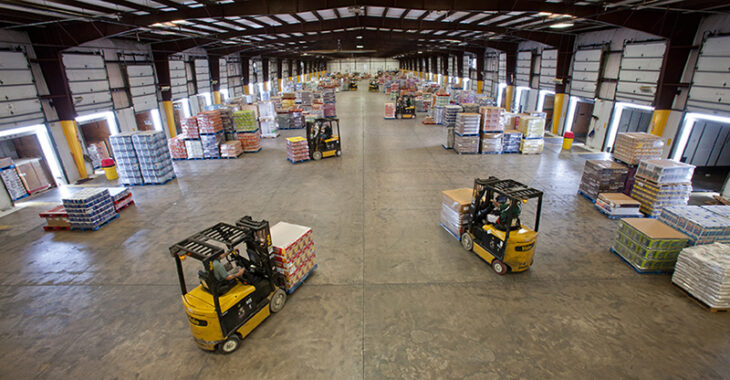
Cross-Docking Solution: Different Types and Benefits
Cross-docking is an excellent tool for a business’s logistics and can bring a big difference between a business and its competition. Efficiency and speed are the two important aspects of the logistics of a supply chain business. With more e-commerce businesses in the market, logistics keep up with the tremendous order flow. Despite the advancement in technology, inventory expenses are a concern for many. Thus, following a cross docking warehouse solution is helping tons of businesses in the US to reduce inventory costs, and also offer other benefits.
Businesses With and Without Cross-Docking
In cross-docking warehousing and storage solutions, the product reaches the end-user directly from the seller’s inventory. This indicates that the products are not stored in any warehouse. Furthermore, cross-docking renders a transport-centered solution, which proves to be a cost-effective solution for any business. When a business doesn’t consider a cross-docking system in its logistics, the products are stored in warehouses. Additionally, the products don’t undergo any distribution centers.
Cross-Docking: Types
The cross-docking system is categorized into two sections.
Pre-Distribution Cross-Docking
In this type, the items are unloaded, organized, and repacked on the instructions by pre-distribution centers. Furthermore, before the items leave the seller’s inventory, the list of customers is noted down.
Post Distribution Cross-Docking
The organization, loading, and packing of items are kept on hold in this type of cross docking warehouse and storage solution until the list of customers is prepared. In simple words, it refers that the items are stored in the distribution centers for a longer duration.
Products Apt for Cross-Docking
Studies show that cross-docking solution is beneficial for fresh and natural items. Additionally, it is also good for high-demanding items.
Perishable Goods
Cross-docking warehousing and storage solution is perfect for perishable items like fresh foods (fish, meat, milk). Such products are arranged, packed, and delivered to the end-user first when compared with non-perishable items like soaps, biscuits, and packaged goods.
High-Demand Goods
Specific goods like mobile phones and clothes are always in high demand. Hence, such items spend significantly less storage time. The cross-docking solution can be excellent for reducing inventory expenses.
E-Commerce Sales
When there are flash sales, good delivery is faster, which aids in reduced expenses. Thus, a cross-docking solution is great in such circumstances.
Benefits of Cross-Docking
Some of the benefits include:
- Improved goods handling
- Reducing storage expense
- Less transportation and distribution expenses
- Faster and efficient product delivery
- Eliminates inventory handling risks
- Reduced labor expenses
- Less requirement for warehouse
- Cost-effective storage solution
Conclusion
Cross-docking solution is known for enhancing warehouse efficiency. Though a cross docking warehouse solution is not good for all business models, it can prove to be significantly helpful. It is mainly applicable to goods that are high in demand. Thus, such products are shipped in high volume. Cross-docking solution benefits tons of business in the US with less storage time, thereby reducing inventory costs as well. The transport-centered or optimized solutions by cross-docking systems are an effective cost-saving solution for businesses. Henceforth, more businesses are considering cross-docking solutions for their supply chain operations.
